The modified skid dredge caught more marketable scallops per unit area fished compared with the standard dredge, but also retained more bycatch and undersized scallops
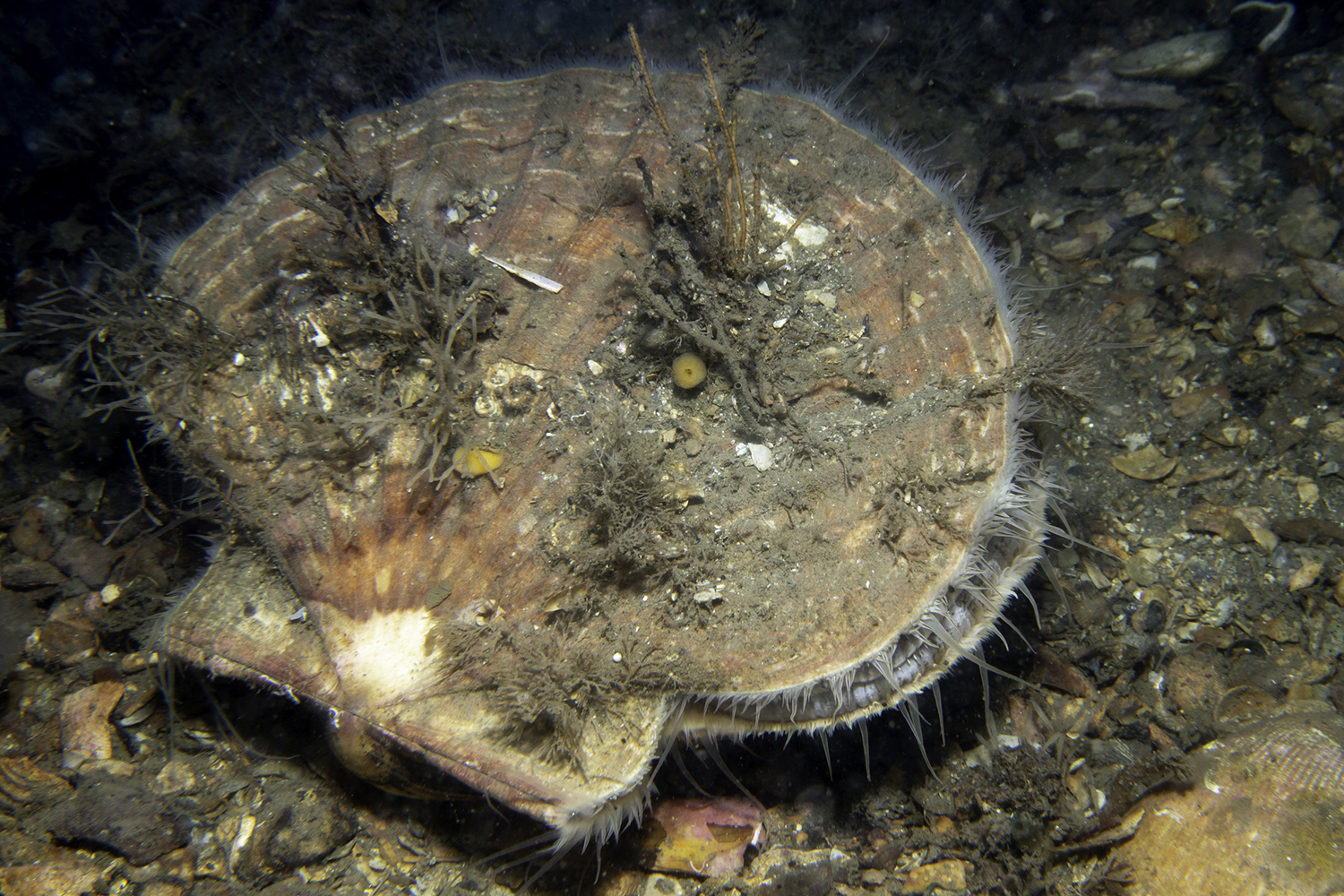
Many fisheries around the world use towed dredges that are designed to have direct physical contact with the seabed and exert multifaceted impacts on marine ecosystems, affecting seabed habitats, scallop populations, and benthic communities. Scallop dredging has been reported to significantly alter seabed habitats through physical disturbance of the substrate and a reduction in topographic complexity. The impact on scallop populations and non-target benthic organisms occurs through the removal and/or damage to the biological features and habitats that juvenile scallops and benthic communities rely on and also through the direct removal and mortality of scallops and non-target organisms.
Non-target organisms can make up 15 to 53 percent of the total catch biomass of a scallop dredge. Returning organisms to the sea after being caught in fishing gear can mitigate some of this impact but can still result in their death due to physical injuries, stress or increased vulnerability to predators. Stress and physiological effects from being out of the water during sorting on deck can also be fatal. Damage to bycatch species can occur when they encounter scallop dredges on the seabed or inside the dredge bag. These impacts can lead to changes in community structure, affecting individual organisms, populations, and trophic levels.
The UK king scallop (Pecten maximus) fishery typically uses the spring-toothed (or “Newhaven”) dredge. The dredge teeth significantly impact the biota as they penetrate the seabed but the contact of the steel collector bags with the seabed is also assumed to have a substantial negative impact on sediment resuspension and benthic fauna. Any gear modifications that reduce the surface contact between the fishing gear and the seabed could potentially reduce the environmental impacts associated with the use of scallop dredges.
This article – summarized from the original publication (Fenton, M. et al. 2024. Catch yield and selectivity of a modified scallop dredge to reduce seabed impact. PLoS ONE 19(5): e0302225) – presents the results of a study that investigated the outcome of adding skids to the bottom of the collector bag of scallop dredges on the retained catch of scallops and bycatch in different scallop grounds.
Study setup
This study investigated the outcome of reducing seabed contact on the retained catch of scallops and bycatch by the addition of skids to the bottom of the collecting bag of scallop dredges. We used a paired control experimental design to investigate the impact of gear modification in different habitat types. The skids were shackled onto the collector bag to give fishers the flexibility of adapting their gear depending on the ground type and lifted the collector bag off the ground by 10 to 11 cm (Fig. 1).
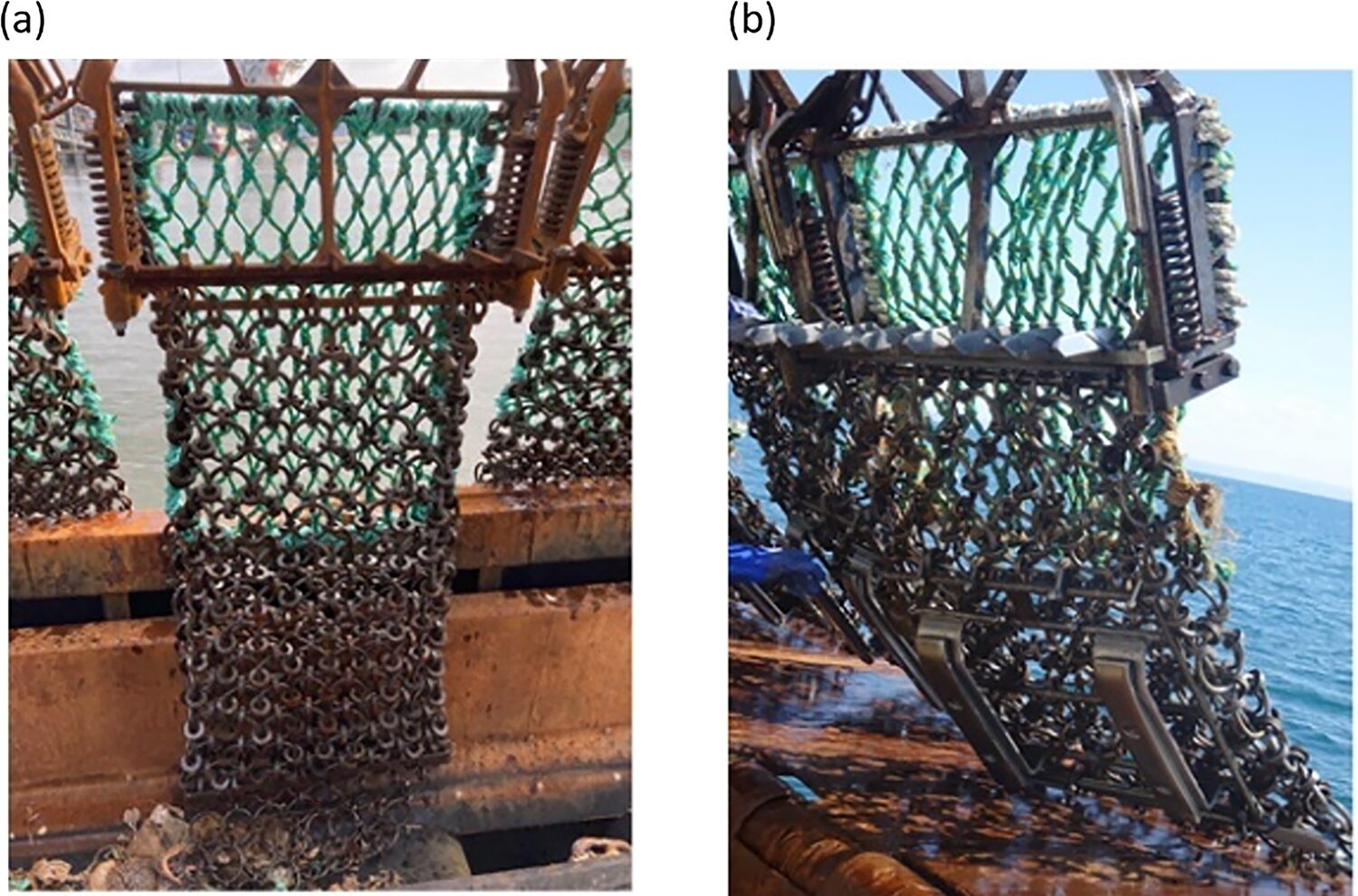
Gear trials were carried out in two commercial scallop fishing grounds by commercial vessels; one trial was in Welsh waters and the other in Scottish waters. Permission to carry out scientific gear trials using modified scallop dredge gear in Welsh and Scottish waters was obtained from the Welsh Government and from Marine Scotland, respectively, prior to the start of the surveys. At each location, fishing was carried out in two areas with different ground hardness. Trials were conducted in depths ranging from 35 to 48 meters. Areas were selected through consultation with skippers to ensure differing ground types and the weight of debris and stones (kg) caught were used as an indicator of the ground type at each survey location
For detailed information on the study setup, gear modification, sample collections and analyses, refer to the original publication.
Results and discussion
The modified skid dredge generally caught more marketable scallops per unit area fished compared with the standard dredge (+5 percent). However, the skid dredge also retained more bycatch (+11 percent) and more undersized scallops (+16 percent). The results demonstrated that the performance of the two dredges was site-specific, with marked differences in the relative catch of scallops (marketable and undersize) and bycatch seen across the study areas.
This would suggest that the use of the skid dredges would be most beneficial if deployed in specific geographic areas to maximize catch rates and reduce associated environmental impacts. The reason for higher catches of scallops for the skid dredge (relative to the Newhaven dredge) when fished in deeper waters and heavier sea states is uncertain but the additional weight of the skids on the dredges is likely to be improving the contact with the seabed and improve catch efficiency in these circumstances. Overall, this indicates the importance of adjusting management measures in relation to habitat type.
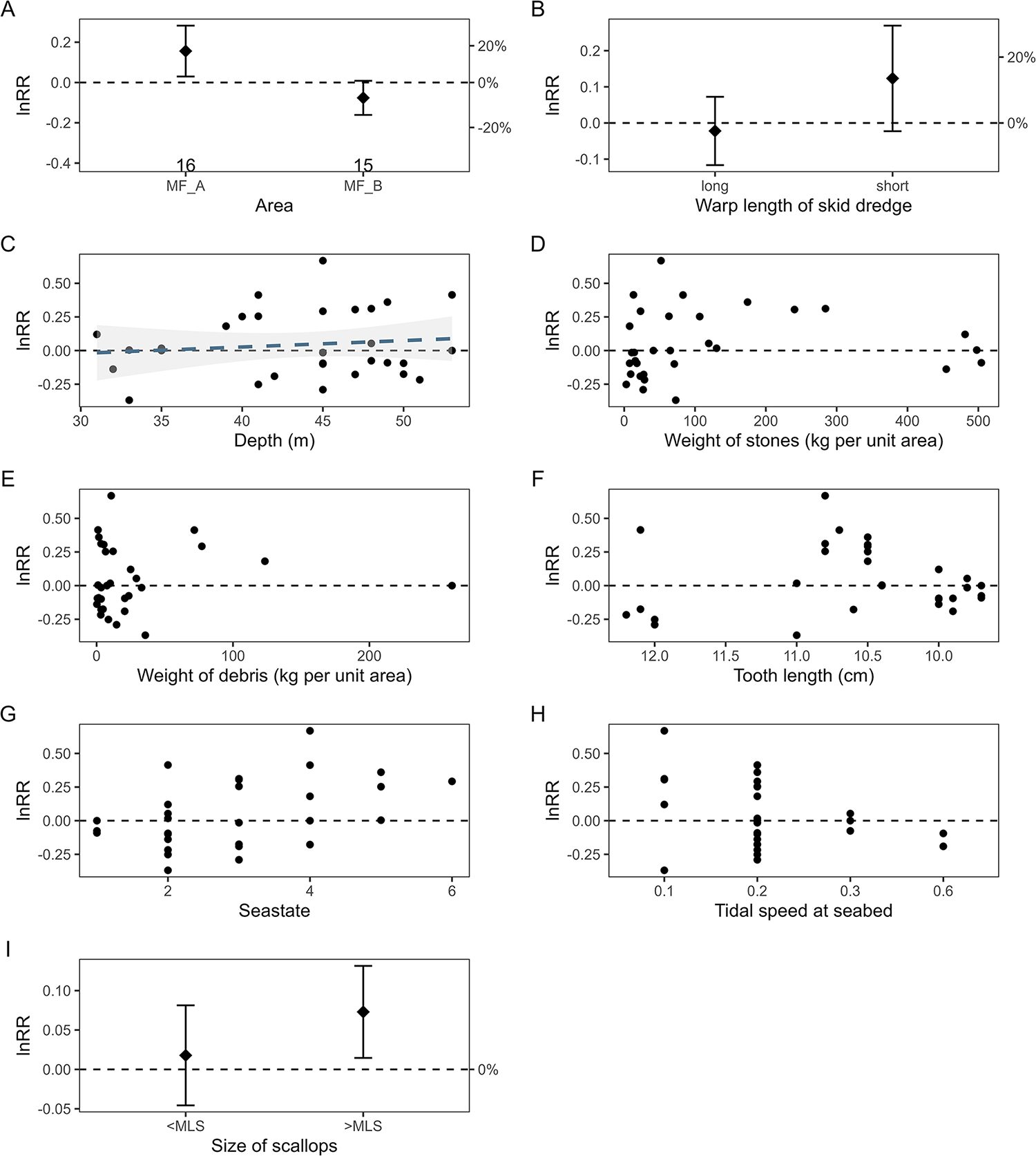
One of the main barriers to uptake of fishing gear innovation is the potential for loss of catch and income unless this is offset by improved catch quality and/or reductions in overhead costs such as fuel usage. The biomass of marketable scallops caught by the skid dredge was generally higher than the standard dredge. However, the skid dredge also retained more bycatch and undersize scallops. Thus, the benefits of the increased catch rate of marketable scallops could be offset by the negative aspect of retaining additional bycatch and undersized scallops.
The issue of increased bycatch could be mitigated to some extent by using a management measure that fixed the upper limit of landed scallops. This would lead to reduced fishing time, reducing the impact on both bycatch and the seabed – the enhanced catch from the skid dredge would help offset the economic consequences of this management approach for fishers.
Higher catch rates of marketable scallops could result in shortened tows which would reduce the impact on the seabed, as this typically increases with the length of the tow. Although catch and bycatch of different tow times and lengths (e.g., 30 minutes, 1 hour, 1.5 hours, 2 hours) have not been explicitly evaluated in this study, we would expect there to be a threshold beyond which keeping the gear on the ground for longer does not lead to increased catch. As the bags become fuller with stones, debris and bycatch, gear catch efficiency is expected to drop.
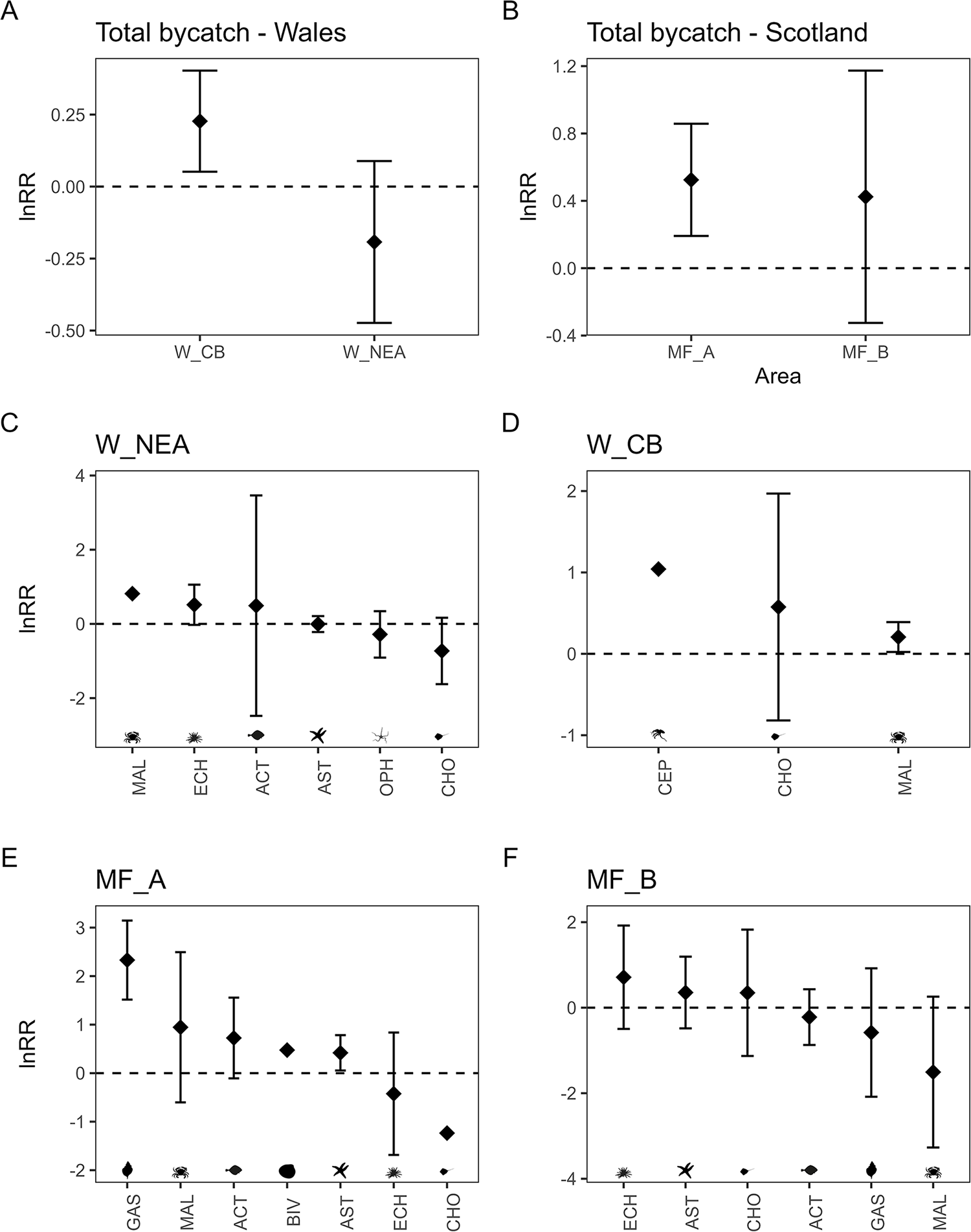
From a fisheries management perspective, there is therefore a benefit to test how gear catch efficiency varies with tow length for different types of gear. Fishing for longer does not necessarily result in bigger catches. From an economic (e.g., fuel usage) and environmental (e.g., seabed impact) standpoint, shorter tow times might be best.
Depth has been associated with reduced gear penetration in the seabed and lower catch efficiency as the pressure exerted on the warps is known to reduce dredge towing traction. Similarly, rough sea state conditions that cause the gear to bounce and lift off the seabed have been associated with lower catch efficiency. The increased weight from the addition of skids to the belly bag may act as a stabilizing force that optimizes the interaction of gear with the seabed and therefore results in higher catch efficiency.
The skid dredges did appear to outperform the standard dredges on both clean and stony grounds at opposite ends of a spectrum in terms of ground type, possibly because the increased weight from the skids results in better contact of the dredge teeth with the seabed. One notable difference among these sites was the size of the stones that were retained in the catch. There may be a threshold for the size of stones beyond which the skid dredge may be no more efficient at catching marketable scallops than the standard gear. Further trials to test the gear performance in different ground types are recommended.
The exploitation of a scallop population can change the age structure of the population to domination by younger scallops, resulting in the dependence of the fishery on the strength of the recruiting year class. Any increase in mortality of young scallops or reduction in reproductive output could therefore have negative implications for the fishery and hence requires appropriate consideration as part of a management plan. Our results suggest that the novel fishing gear modification reported here would benefit the fishery.
Artificial lights have been shown to influence scallop behavior as well, with a study on Atlantic Sea scallop (Placopecten magellanicus) finding that the addition of artificial lights to a towed survey sled reduced scallop swimming behavior. P. maximus have been shown to swim towards and into static fishing gear that is illuminated with LED lights. Although this is not currently a viable alternative to dredging due to low numbers of scallops caught, it could augment existing static gear catches. The reaction of organisms to artificial light could be further investigated to reduce bycatch or increase scallop catches.
Perspectives
A critical requirement of any new gear innovation is that profitability is not impacted or is compensated for in one way or another. From an environmental point of view, it is important that new gear entering the fishery does not create more damage than the status quo. While the addition of skids to traditional gear belly bags has indicated a benefit to the industry as a result of a higher catch of marketable scallops, it comes with the downside of catching more undersized scallops and bycatch species.
Although we consider skid belly bags to be a step forward in the evolution of lower-impact scallop dredges, further modifications such as changes to dredge teeth and belly ring size should be considered and tested. No matter the technical gear innovation, we strongly advocate that unless these are part of an effective fisheries management system, any improvement in catch efficiency or environmental impact from the modified gear will not necessarily lead to a reduction in the overall impact.
Now that you've reached the end of the article ...
… please consider supporting GSA’s mission to advance responsible seafood practices through education, advocacy and third-party assurances. The Advocate aims to document the evolution of responsible seafood practices and share the expansive knowledge of our vast network of contributors.
By becoming a Global Seafood Alliance member, you’re ensuring that all of the pre-competitive work we do through member benefits, resources and events can continue. Individual membership costs just $50 a year.
Not a GSA member? Join us.
Author
-
Mairi Fenton, M.Sc.
Corresponding author and Ph.D. student
The Lyell Centre, Heriot-Watt University, Edinburgh, United Kingdom
Tagged With
Related Posts
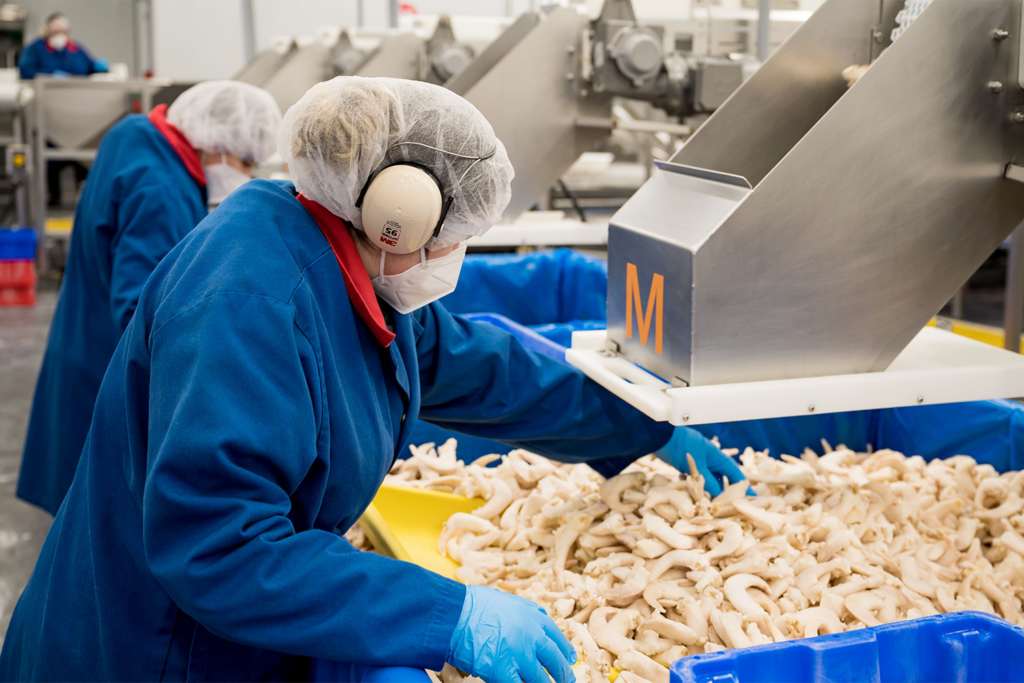
Responsibility
‘Building towards abundance’: How Indigenous-owned Clearwater Seafoods is reshaping Canada’s seafood industry
The Mi’kmaq Coalition’s 50 percent acquisition of Clearwater Seafoods is transforming Canada’s seafood industry and promoting responsible fisheries.
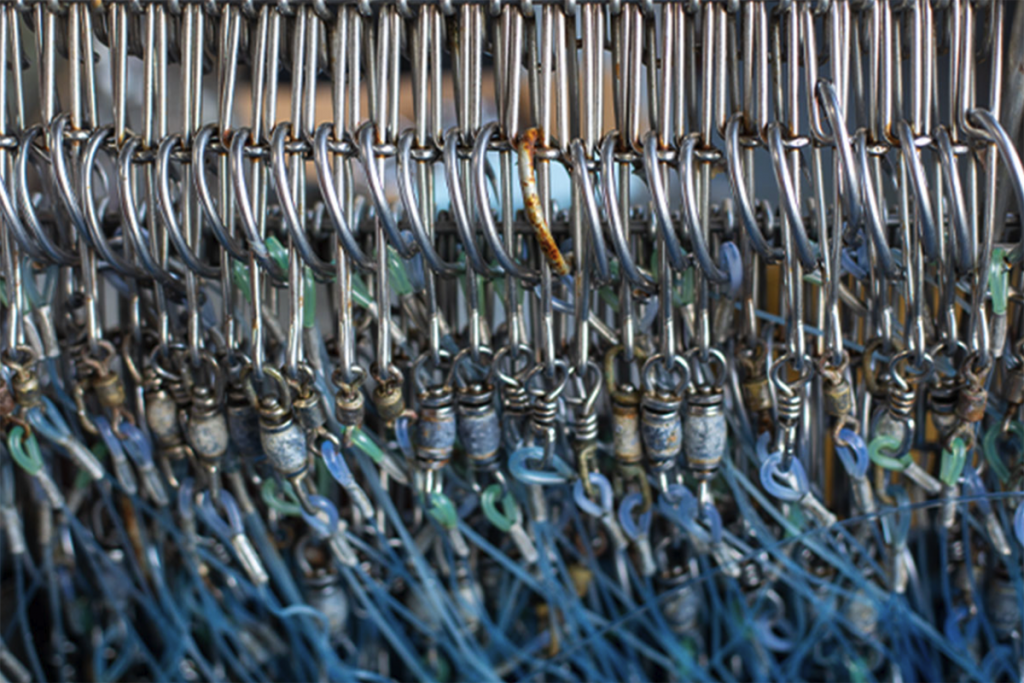
Fisheries
Could these high- and low-tech approaches help curb fisheries bycatch?
From marine mammal ‘pingers’ to seabird-sparing fishing hooks, commercial fishermen have a growing number of options to prevent fisheries bycatch.
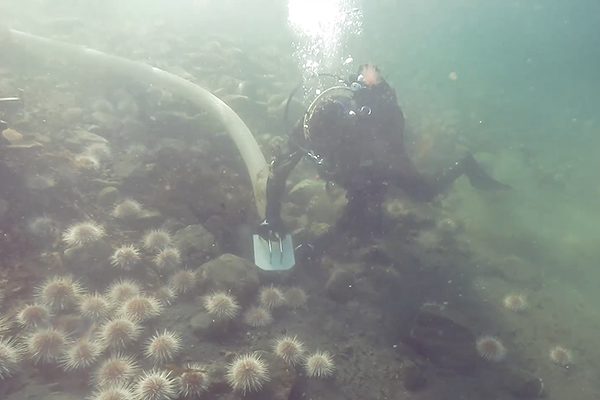
Intelligence
The seafood technology we didn’t know we needed: a sea urchin vacuum
An Indigenous business operating in Atlantic Canada is testing a sea urchin vacuum developed by C Robotics to improve harvesting efficiency.
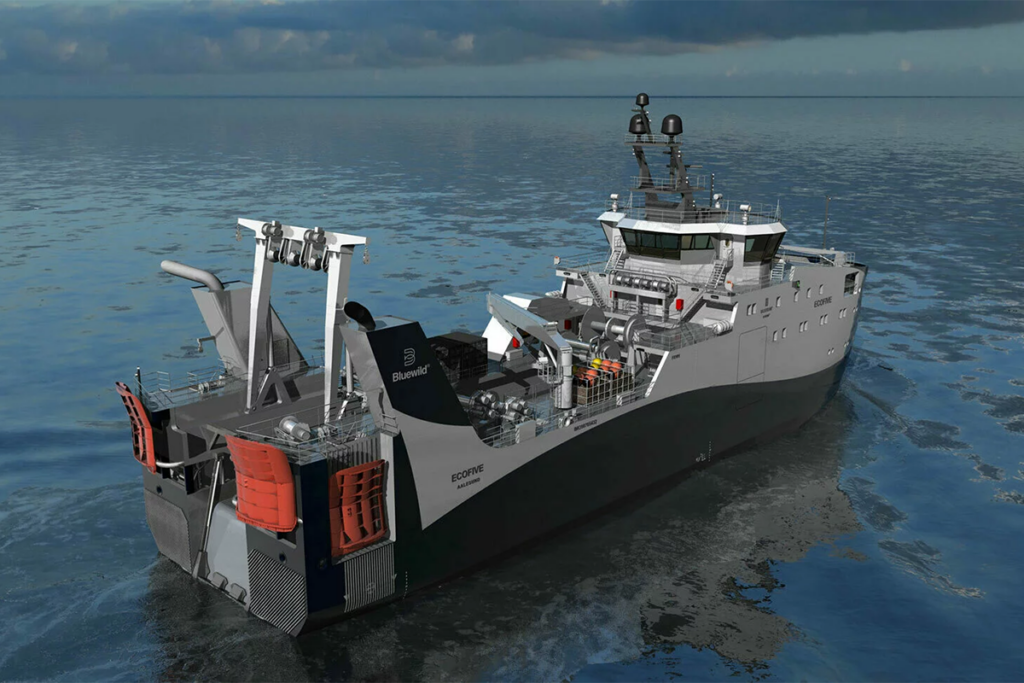
Fisheries
With ground-breaking factory trawler Ecofive, Bluewild is building a blueprint for greener fishing
The innovative 73-meter factory trawler Ecofive is the talk of Norway’s shipbuilding industry, winning awards before catching a single fish.



